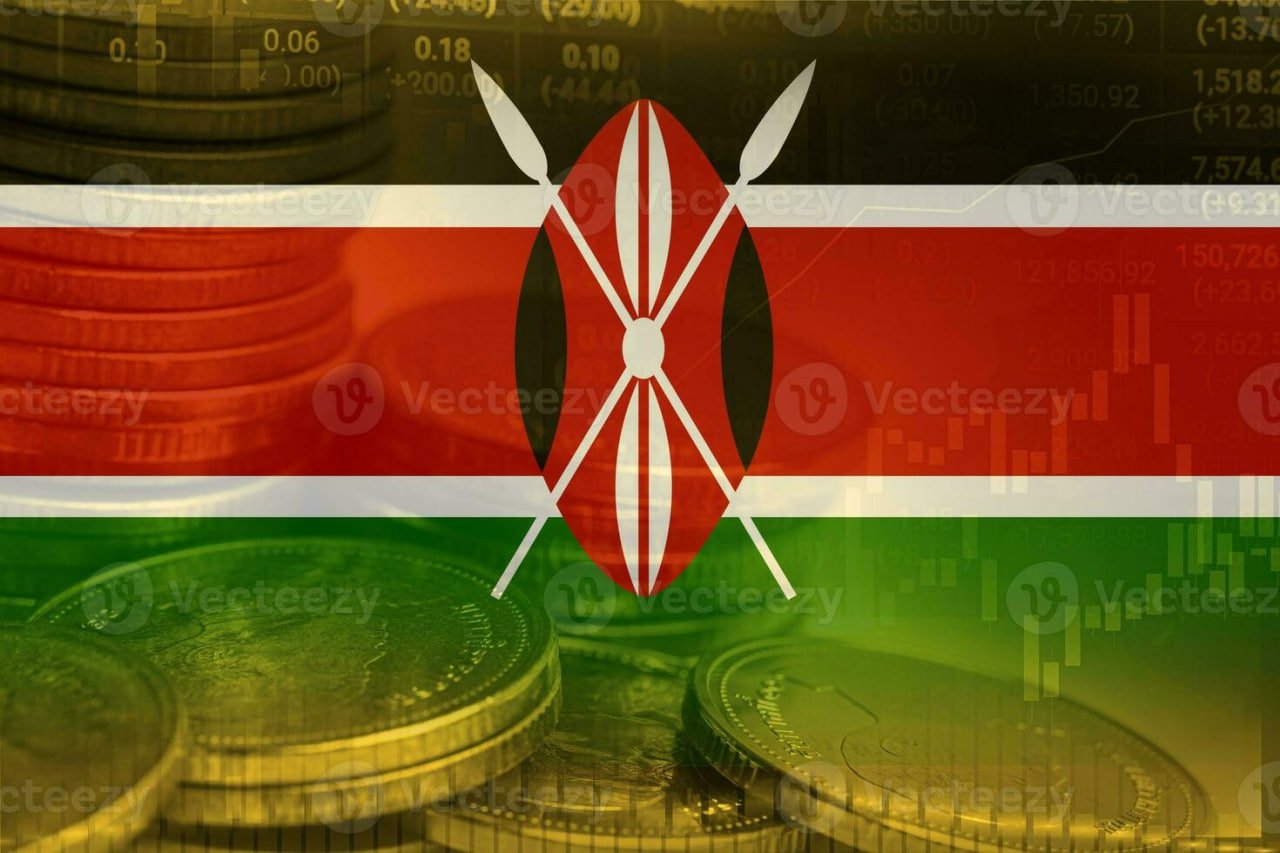Kenya’s Nairobi Securities Exchange (NSE) has launched a Banking Sector Index, offering investors a sharper lens on the country’s most influential industry. Effective October 1, 2025, the index tracks freely tradable shares of listed banks, using a market-capitalisation-weighted and float-adjusted model.
The new benchmark covers 11 banks: Absa Bank Kenya Plc, BK Group Plc, Diamond Trust Bank Kenya Limited, Equity Group Holdings Plc, HF Group Plc, I&M Group Plc, KCB Group Plc, NCBA Group Plc, Stanbic Holdings Plc, Standard Chartered Bank Kenya Limited, and The Co-operative Bank of Kenya Limited. According to the NSE, the index enhances transparency and helps analysts and fund managers assess the health of the banking sector.
Frank Mwiti, Chief Executive of the NSE, called the launch a “milestone that underscores NSE’s commitment to innovation that meets investors’ evolving needs while strengthening Kenya’s capital market.” He said the initiative aligns with the exchange’s strategy to diversify products and deepen activity, positioning the NSE as a modern, globally competitive marketplace.
Also Read:
- FUGAZ stocks decline as the NGX Banking Index falls 0.69%, Investors gained ₦400bn
- First Bank Leads ₦363 Billion Trading Value as NGX Banking Index Soars 7.05% in Massive Market Rally
- NGX All-Share Index Rises 0.43% as Market Capitalization Hits N80.1 Trillion
- Banking stocks propel market rebound as benchmark index climbs
“Beyond providing investors with a reliable performance tracker, the index will highlight the banking sector as a key driver of economic growth and create a strong foundation for future product innovation,” Mwiti added. The NSE plans to follow the index with exchange-traded funds (ETFs) and other index-linked products, broadening investor access.
Strong sector earnings underline the rationale for a dedicated index. According to Finance In Africa, six of Kenya’s eight largest lenders recorded profit growth in the first half of 2025, averaging 15% year-on-year. I&M Group led the pack with a 36% surge in after-tax profit, while Equity Group grew 17% and NCBA Group expanded 12.6%.
Absa Bank reported a 9.1% gain, Co-operative Bank of Kenya increased 8.3%, and KCB Group rose 8%. However, foreign-owned lenders underperformed, with Standard Chartered Bank’s profit dropping 21% and Stanbic Holdings’ earnings falling 9%.
“All banks recorded better results in the second quarter compared to Q1, except foreign-owned StanChart and Stanbic,” said Robert Ochieng, CEO of Abojani Investment. He noted the pick-up in momentum, adding, “The uptick in private sector lending shows Q2 was strong, and if momentum continues, Q3 and Q4 should be even stronger.”
The Central Bank of Kenya’s Q2 2025 Credit Officer Survey highlighted continued balance-sheet expansion. Total banking assets grew 2.3% to KSh 7.9 trillion ($60.7 billion) in June, up from KSh 7.7 trillion ($59.3 billion) in March, outpacing growth in the first quarter.
Gross loans rose 0.6% to KSh 4.1 trillion ($32.1 billion), while deposits climbed 2% to KSh 5.9 trillion ($45.2 billion), boosting liquidity across the sector. Liquidity improved to 58.6%, comfortably above the regulatory minimum of 20%, and capital adequacy edged up to 20.4% from 20.1% in March.
The figures confirm the sector’s pivotal role in driving both liquidity and investment activity in the capital markets and the wider economy. With assets approaching $61 billion and robust lending growth, banks remain the backbone of Kenya’s financial system.
For investors, the NSE Banking Sector Index provides a targeted gauge of industry performance and lays the groundwork for passive investment products. By combining market-cap weighting with float adjustment, the index balances tradability with representation, offering a credible benchmark for portfolio managers and analysts.
The debut of the banking index signals the NSE’s broader innovation drive, with new products such as ETFs expected to deepen participation and attract both domestic and institutional capital. As Kenya’s financial sector expands, the index stands to sharpen price discovery and cement the industry’s place at the core of the nation’s growth story.

























